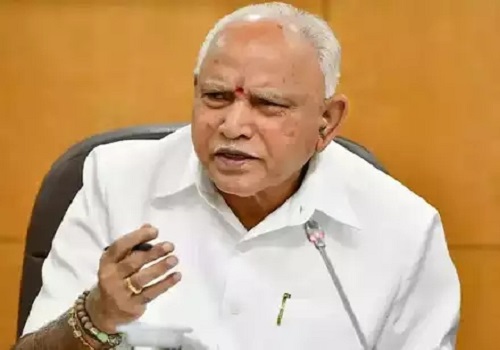Indian economy recovering from slowdown witnessed in Q2FY25: RBI bulletin

Follow us Now on Telegram ! Get daily 10 - 12 important updates on Business, Finance and Investment. Join our Telegram Channel
Reserve Bank of India (RBI) bulletin has stated that the Indian economy is recovering from the slowdown in momentum witnessed in the September quarter (Q2FY25), driven by strong festival activity and a sustained upswing in rural demand. An article on the 'State of the Economy' in the December bulletin noted that the global economy continues to exhibit resilience with steady growth and moderating inflation. High frequency indicators (HFIs) for the third quarter of 2024-25 indicate that the Indian economy is recovering from the slowdown in momentum witnessed in Q2, driven by strong festival activity and a sustained upswing in rural demand.
The article authored by a team led by RBI Deputy Governor Michael Debabrata Patra further said the growth trajectory is poised to lift in the second half of 2024-25, driven mainly by resilient domestic private consumption demand. Supported by record level foodgrains production, rural demand, in particular, is gaining momentum. Sustained government spending on infrastructure is expected to further stimulate economic activity and investment. Global headwinds, however, pose risks to the evolving outlook for growth and inflation. India's GDP growth slowed to a seven-quarter low of 5.4 per cent during the July-September period of the current fiscal year.
The article said that from the expenditure side, the major factor contributing to the decline in the growth rate of the economy is fixed capital formation and from the production side, the main concern is manufacturing. Undermining both is inflation. The erosion of purchasing power due to repeated inflation shocks and persisting price pressures is starkly reflected in weakening sales growth of listed non-financial nongovernment corporations. Their outlook on demand conditions also remains subdued as no let-up in the incidence of price shocks seems to be in sight; they will increasingly be inclined to pass on input costs to selling prices. Consequently, there is no robust capacity creation by investing in fixed assets. Instead, corporations are churning and utilising existing capacity to meet the inflation-dented consumer demand.












 320-x-100_uti_gold.jpg" alt="Advertisement">
320-x-100_uti_gold.jpg" alt="Advertisement">












